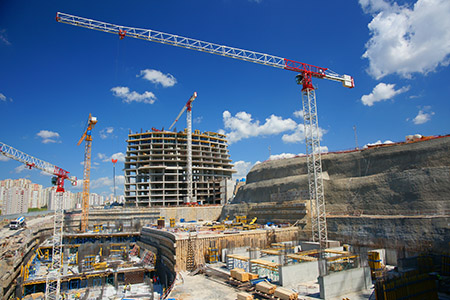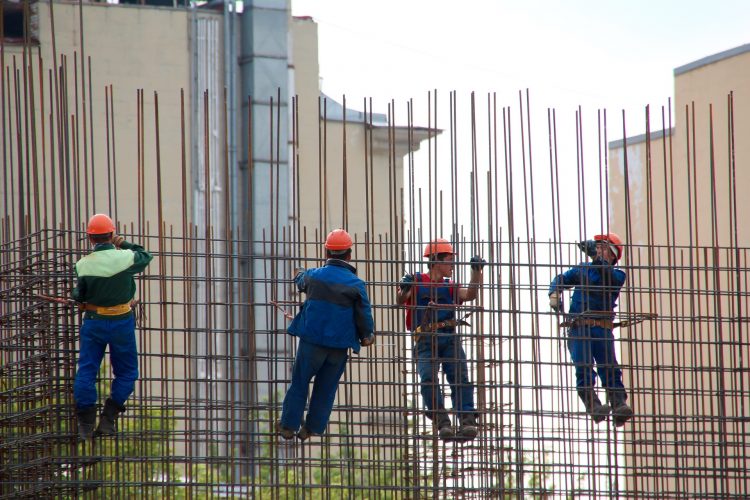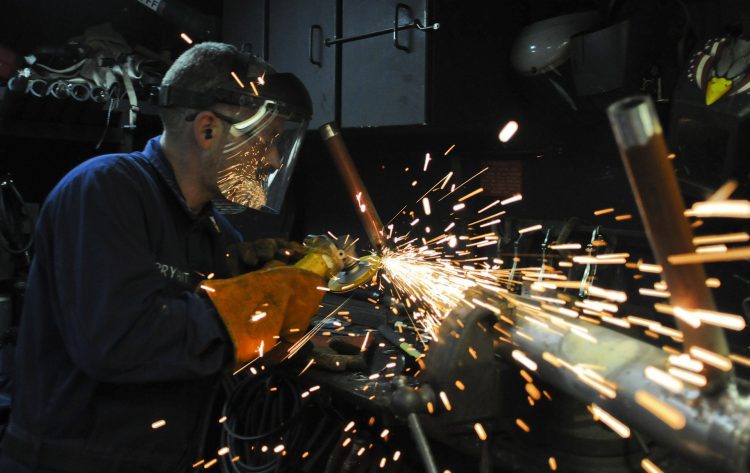B.Sc. in Civil Engineering – Structural Engineering
Structural Engineering is an advanced and challenging field of civil engineering. This prestigious field focuses on analysis and design of structures in terms of strength, stability, and resistance to loads, including earthquakes. The structural engineer leads the design of a variety of structures such as residential buildings; halls; public, industrial and storage facilities; infrastructures; harbors and airports; bridges; water towers, etc. The structural engineer is a senior member in the design team that also includes entrepreneurs, architects, construction specialists, project managers, as well as geotechnical, transportation and environmental experts. At the base of the education and training in structural engineering are a sound theoretical foundation complemented by practicality and creativity.
This unique combination of qualifications can also be put to use in design of structures in other disciplines such as aerospace structures, flight vehicles, shipbuilding, automotives, biomedicine, etc. The responsibility in leading the design team and in making decisions regarding the strength, stability and safety of the structure contribute to the prestige of this unique profession and dictate the characteristics of the education and training program.
Individual and creative thinking, professionalism, leadership, and decision-making are an integral part of the structural engineer’s everyday activity. Use of advanced material systems and integration of computerized systems and advanced design tools are among the modern challenges in structural engineering, affecting both the present and future realities. Accordingly, structural engineers, especially those with higher academic degrees, are involved in research and development of advanced structural systems such as deployable structures, intelligent structures, skeletons of mega-cities, underwater facilities, artificial islands, construction in outer space, etc.
The ever-growing need for stronger, taller, lighter, and even smarter structures, the interaction of theoretical and practical aspects, and the multiple human interfaces in everyday work – all these combine to shape the attractive visage of the profession.








